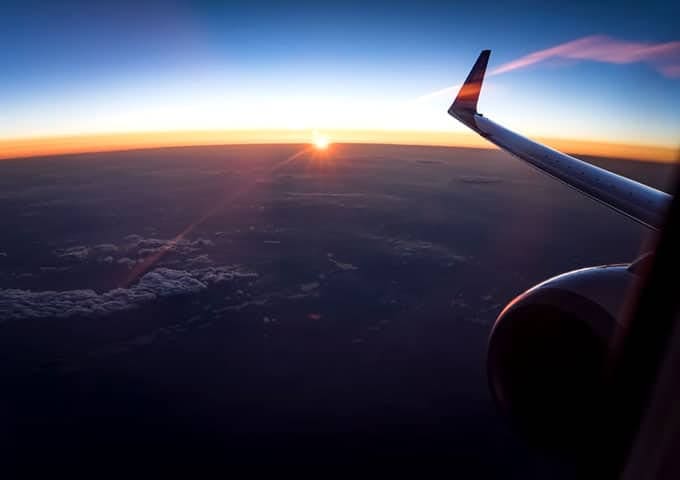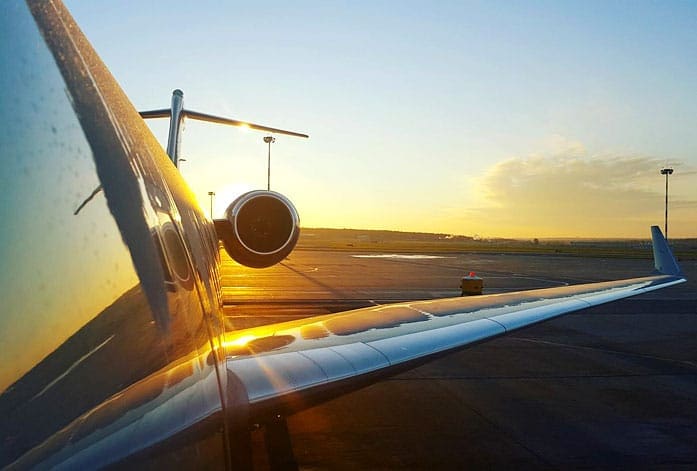The private jet industry evokes images of luxury and decadence. Private fliers enjoy comfortable leather seats, plenty of legroom, restaurant-standard food, a personalised experience – the list goes on.
Private air travel is still considered to be an incredibly exclusive way to travel but the industry is thriving. Here’s a closer look at how private air travel has gotten to where it is today and what’s in store for the future.
The History
The first private jet was purpose-built by Bill Lear and took its first flight on October 7th 1963. Fast-forward to 1980, Paris le Bourget became an airport dedicated to private jets and remains the busiest private jet airport in Europe, with over 48,000 flights per year.
It was very difficult to book a private jet and people would do so by booking through a broker, which would be likely to take days, or through fractional ownership, where people bought a share in an aircraft with others and they would have an allotted amount of time to use it through the year.
Private Air Travel as We Know It
Companies have now created online marketplaces for private jet travel that give users an easier way to book, as well as giving them more choice.
There’s a larger variety of aircrafts available for private travel and although it still can’t be considered as a cheap way to travel, its more cost-effective than it has ever been. In fact, in some instances a private jet may be cheaper than travelling with a commercial airline.
However, this doesn’t mean that the luxury has been compromised. Private jet companies are exploring ways to make their service more personalised and high-end than ever. Cashmere eye-masks, mixologist-approved cocktail menus, a Nobu menu and even a custom aircraft fragrance are all part of the service for successful private air travel companies.
What’s Next for the Aviation Industry?
The next generation of private air travel is likely to be via supersonic and all-electric aircrafts.
A group of aviation experts have this year unveiled plans for a supersonic speed plane called “Boom”. It will travel 2.6 times faster than any other aircraft, up to speeds of 1,451mph. It’s still in development but they are aiming to test the aircraft in late 2017.
All-electric aircrafts are also in development by NASA, which is likely to change the way we think about air travel. In the near future, electric aircrafts will be the norm and they will look very different to the traditional configuration of an aeroplane that we recognise today.
Private air travel is a thriving industry and it’s set to continue doing so in the future due to the development of new high-tech jets, the growth of cost-effective maintenance and ease of acquiring new avionics parts and equipment from companies like Pilot John International, and the fact that, simply, private jets provide a more convenient, personalised way to travel. As such, now, it’s becoming easier than ever for high-end clientele to travel in luxury.







